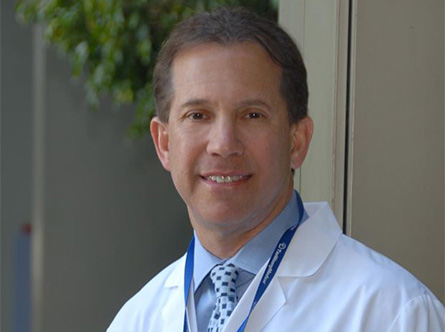




 Be attentive to those we are privileged to serve
Be attentive to those we are privileged to serve Earning the trust, confidence and respect of our patients, profession and community
Earning the trust, confidence and respect of our patients, profession and community Exceeding all of our patients expectations
Exceeding all of our patients expectations Ensuring a thoughtful, compassionate and empathetic professional environment
Ensuring a thoughtful, compassionate and empathetic professional environment Continually looking for a way to improve our healthcare delivery
Continually looking for a way to improve our healthcare delivery Scope Out Cancer
Scope Out CancerDr. Carey Strom is board certified in Internal Medicine and Gastroenterology by the American Boards of Internal Medicine and is the senior associate of Tower Digestive Health Medical Group (TDH). He is also an Associate Clinical Professor of Medicine at the University of California, Los Angeles (UCLA), Geffen School of Medicine and has been practicing in the community for 34 years. Tower Digestive Health Medical Group is a medical practice consisting of board-certified gastroenterologists dedicated to SCOPING OUT CANCER™, and to the practice of gastroenterology in the ‘heart’ of Beverly Hills, California. The physicians have access to Cedars-Sinai Medical Center and the Spalding Triangle surgical center in Beverly Hills that is Cedars-Sinai and physician owned. Together we can SCOPE OUT CANCER™.
Meet the teamWe are currently accepting a limited number of new patients. Please fill out the form below to get in touch with us.